10 Must-Know Coin Grading Tips for New Collectors
Coin grading can be a bit intimidating for beginners, but it is a crucial skill for any collector. Understanding how to grade coins helps you determine their value and make better purchasing decisions. In simple terms, grading involves evaluating a coin’s condition, including factors like wear, imperfections, and overall appearance. Well-preserved coins typically hold more value than those showing significant signs of wear. There are different grading systems in place, but the 70-point scale is one of the most commonly used. Beginners can benefit from understanding how coins are graded, as it can impact their value in the market. This article will walk you through some must-know facts about coin grading to get you started on the right foot.
This post may contain affiliate links, which helps keep this content free. Please read our disclosure for more info.
Coin Grading Basics
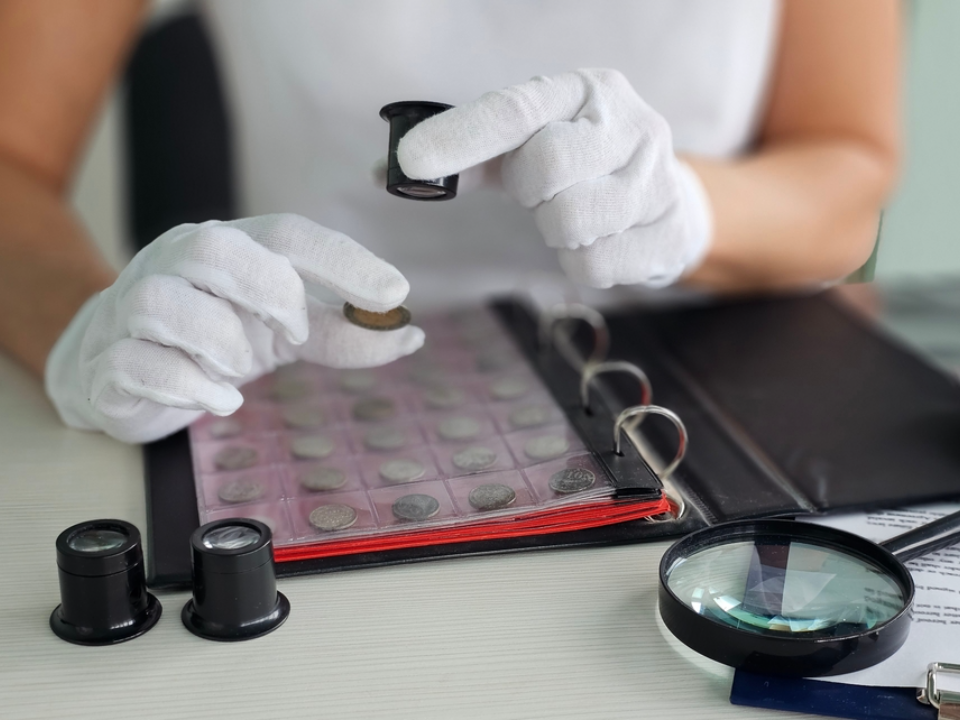
Coin grading refers to the process of evaluating a coin’s condition based on various factors. These include its wear, surface imperfections, and overall appearance. Grading is essential for determining a coin’s market value and collecting interest. It helps both sellers and buyers accurately assess a coin’s worth. Understanding coin grading can help beginners avoid buying overvalued coins or sell their collections for a fair price.
Coins are graded using a scale that usually ranges from “Poor” to “Perfect Uncirculated.” The most common grading system used today is the 70-point scale, where a grade of 70 represents a flawless coin. Beginners should learn how these grades correspond to the condition of the coin, as it is crucial for understanding its potential value.
The Role of Wear in Coin Grading
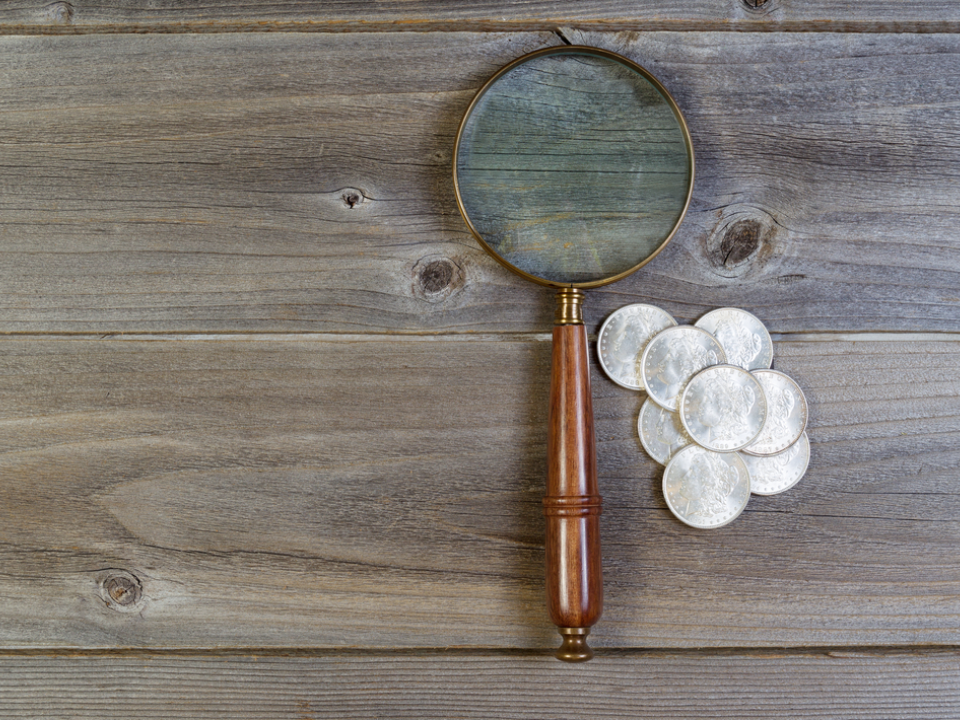
One of the most critical factors in coin grading is wear. Over time, coins can become worn from circulation, which affects their grade. The more wear a coin has, the lower its grade and value may be. A coin’s surface, including the designs and inscriptions, may become less distinct as it changes hands. Coins that are heavily worn often have a reduced market price compared to well-preserved examples.
In contrast, coins that show little to no wear tend to receive higher grades. This is especially true for coins in mint condition, which are usually considered the most desirable for collectors. Beginners should examine the wear of a coin closely to determine its grade, as it directly influences its value. Even small signs of wear can make a significant difference in a coin’s grade.
The Impact of Surface Imperfections
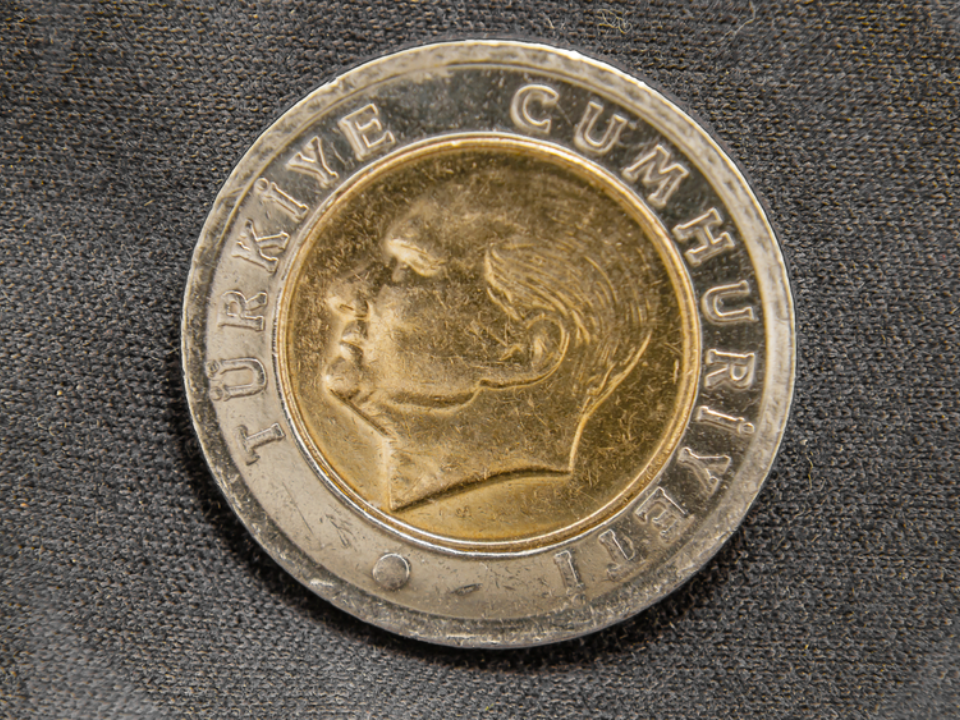
Surface imperfections are another key consideration in coin grading. These include scratches, dents, discoloration, and any other marks that may be on the coin. Coins that are free from such imperfections typically receive a higher grade, as their appearance is more desirable to collectors. Beginners should be aware of these marks and how they can lower a coin’s value.
However, not all imperfections impact the grade equally. Some minor imperfections may not significantly affect the overall grade, while larger ones can cause a more significant decrease in value. Grading experts often take these imperfections into account, ensuring that a coin’s overall condition is properly assessed. Recognizing common surface imperfections can help beginners make more informed decisions when buying or selling coins.
Understanding the 70-Point Scale

The 70-point scale is a well-known grading system used to evaluate coins. It assigns a number from 1 to 70, with higher numbers indicating better condition. A coin graded 70 is considered flawless, with no imperfections visible even under magnification. A coin rated 60 to 69 is considered “mint state,” which means it is in near-perfect condition with very few visible flaws.
Coins that are graded below 60 are considered to have more noticeable wear or damage. Beginners should be familiar with this scale and understand that higher grades often command higher prices in the marketplace. It is essential for new collectors to realize that a coin’s grade directly correlates with its value and market appeal.
Professional Grading Services
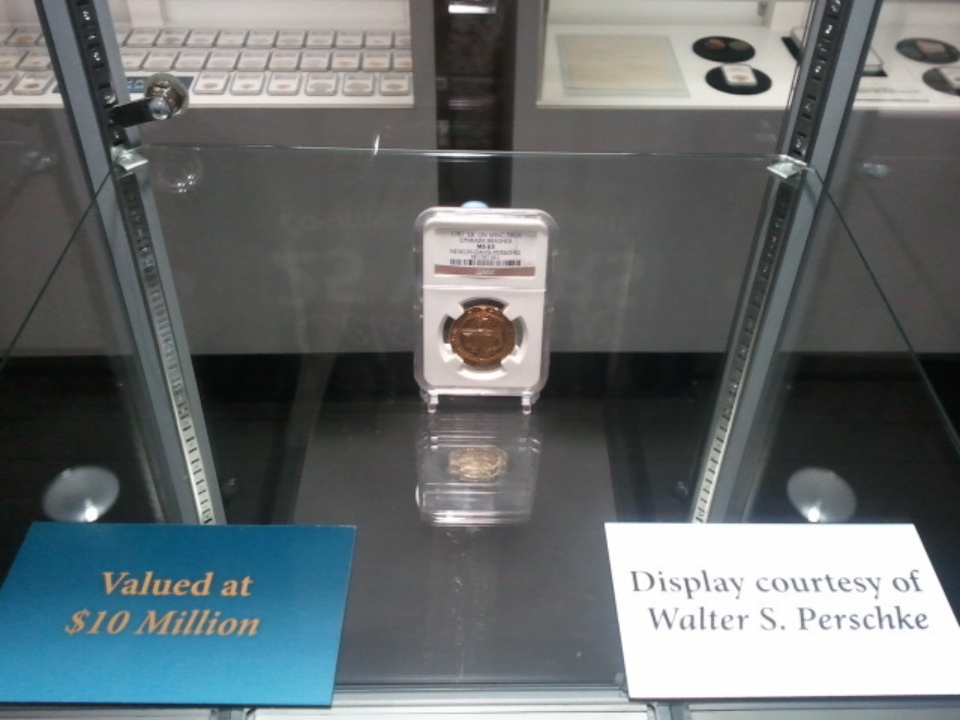
For beginners, using professional grading services can be beneficial. These services assign an unbiased, expert grade to a coin, providing credibility and assurance to buyers and sellers. Well-known services like the Numismatic Guaranty Corporation (NGC) or the Professional Coin Grading Service (PCGS) are trusted by collectors worldwide. Having a coin professionally graded can also protect against potential scams or counterfeit coins.
While professional grading services come with a fee, many collectors find it worthwhile for the added value and peace of mind. These services provide a certificate of authenticity along with the coin’s grade, which can help in selling the coin at a later date. Beginners may consider using these services for rare or high-value coins to ensure that they are properly graded and valued.
Mint State Coins

Mint state coins are those that have been preserved in their original, uncirculated condition. These coins are often considered the most valuable due to their pristine appearance. A mint state coin typically shows no signs of wear and is free from significant imperfections. For beginners, understanding what constitutes a mint state coin is crucial for purchasing high-quality pieces.
Mint state coins are especially sought after by collectors who value rarity and condition. These coins are typically graded between MS-60 and MS-70 on the grading scale, with MS-70 being perfect. Beginners should focus on finding mint state coins that have been well-preserved and are in their original packaging or protective holders to maintain their grade.
The Difference Between Circulated and Uncirculated Coins
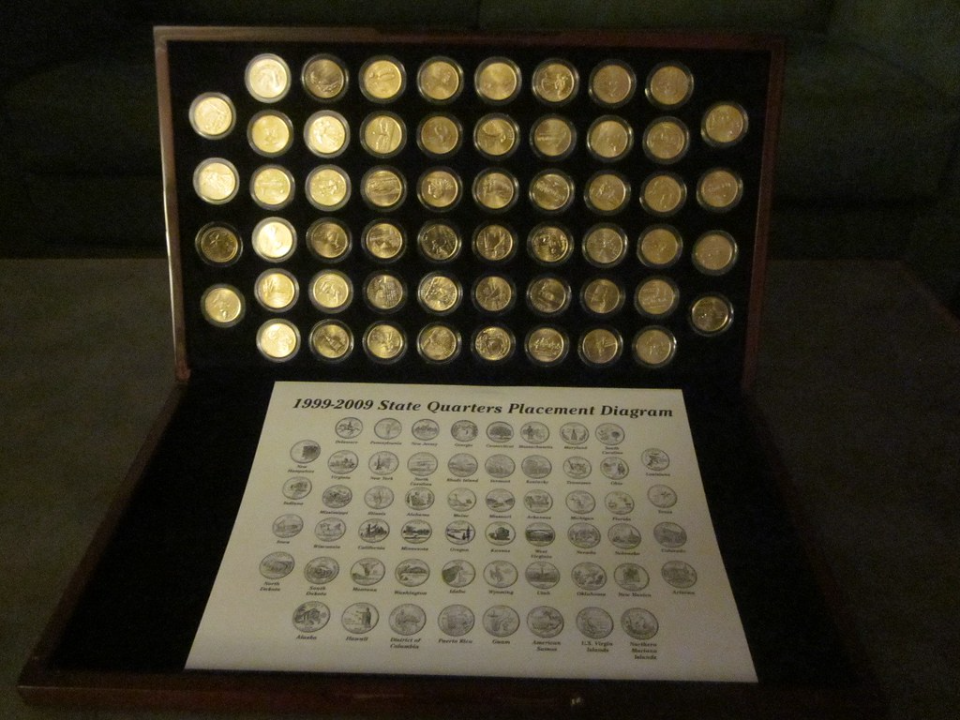
Circulated coins have been used in everyday transactions and show signs of wear, while uncirculated coins have never been used and retain their original shine. Uncirculated coins generally have a higher grade and value because they are in better condition. For beginners, it is important to distinguish between circulated and uncirculated coins when evaluating them for collection purposes.
Uncirculated coins are often more desirable to collectors, particularly when they are still in mint packaging or have been graded professionally. Circulated coins, on the other hand, may still hold value, especially if they are rare or limited edition. Beginners should learn to identify these types and assess their condition before making a purchase or sale.
The Importance of Coin Preservation
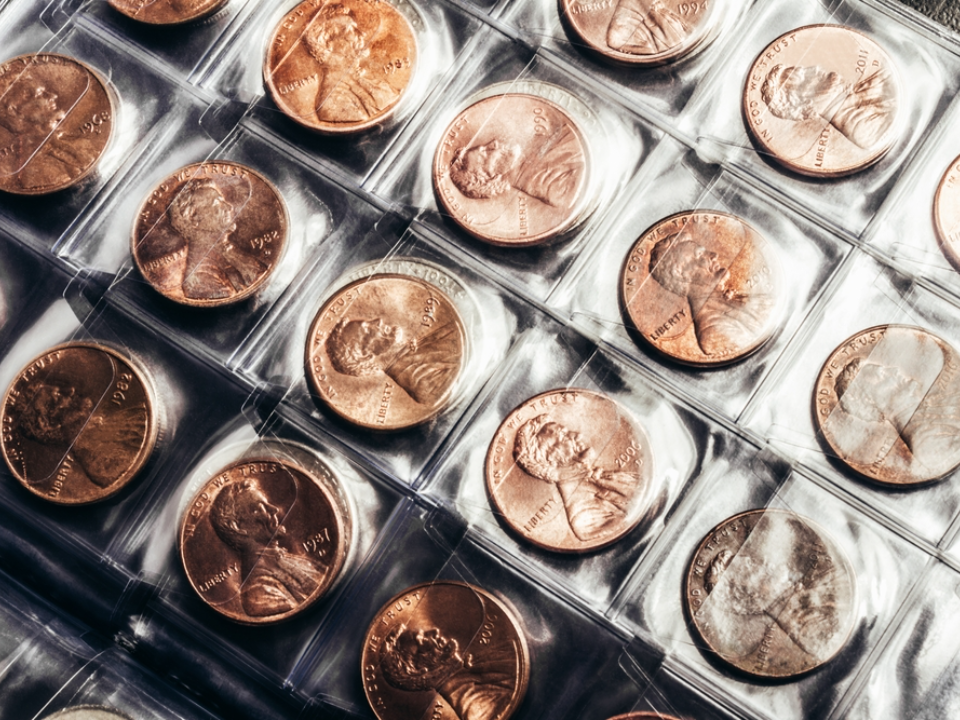
Proper preservation is essential for maintaining a coin’s grade over time. Factors like humidity, temperature, and handling can damage a coin’s surface, leading to a reduction in its grade. Beginners should store their coins in a way that protects them from the elements, such as using air-tight holders or cases. This preservation process helps to maintain the coin’s value and condition.
Additionally, handling coins with clean hands or wearing gloves can prevent oils and dirt from damaging the surface. Storing coins away from direct sunlight or extreme temperatures is crucial to avoid tarnishing or fading. Beginners should make preservation a priority to keep their coins in the best possible condition for future trade or sale.
How to Identify Counterfeit Coins
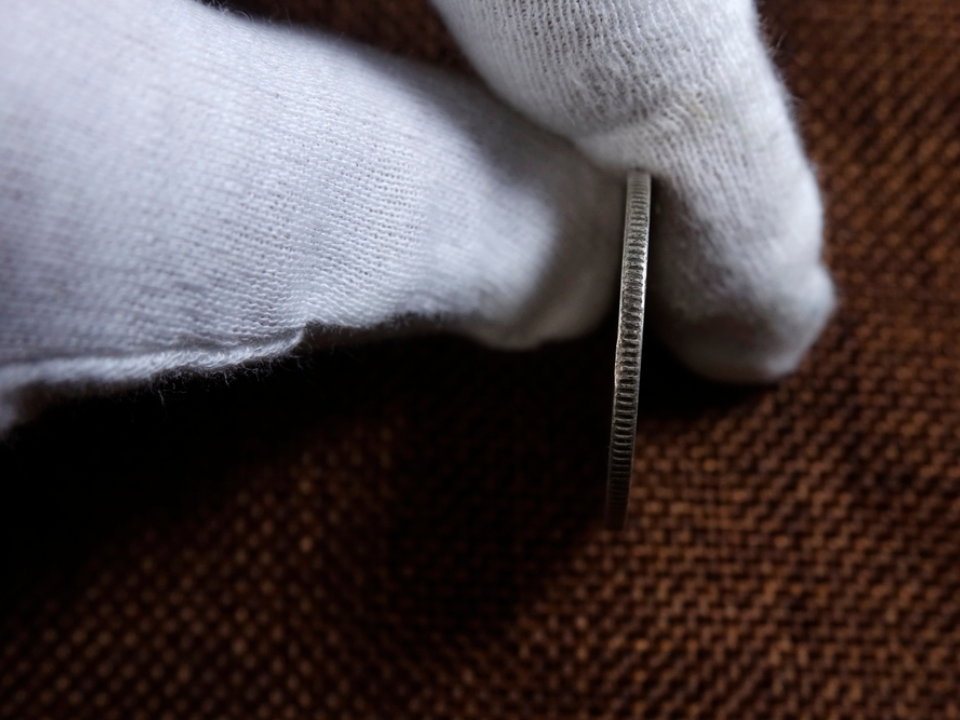
Counterfeit coins are a concern for many collectors, especially beginners. These fake coins are made to look like real ones but are typically of lower quality and have little to no value. Identifying counterfeit coins requires attention to detail and knowledge of the coin’s design, weight, and composition. Beginners should familiarize themselves with how genuine coins feel, look, and sound.
Professional grading services can help in verifying the authenticity of a coin, but beginners can also use tools like magnifying glasses, digital scales, or specialized kits to check for common signs of counterfeiting. Examining the coin’s edge, design, and metal composition can often reveal discrepancies between real and fake coins. Staying informed about common counterfeiting methods can prevent beginners from falling victim to scams.
Grading for Rarity
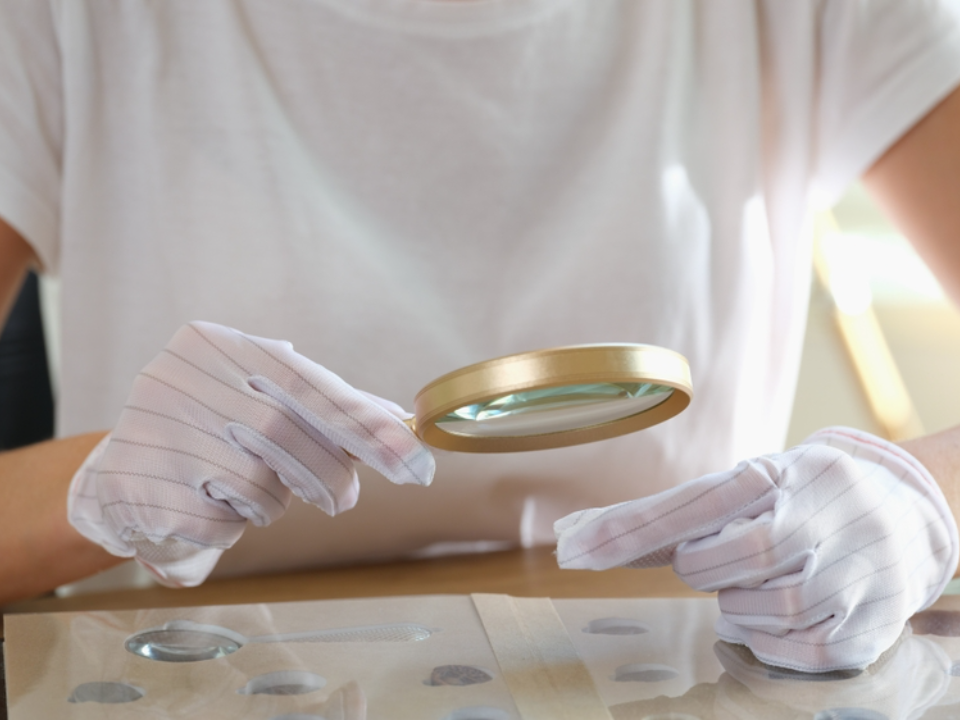
The rarity of a coin plays a significant role in its grading. Coins that are rare, even in lower grades, can still hold significant value due to their scarcity. Beginners should learn to evaluate the rarity of a coin by checking its mintage numbers, historical significance, and how many surviving examples exist in good condition. Grading services will often factor rarity into their overall assessment of a coin.
Rare coins are highly coveted in the collector community, and their value can increase over time. A coin’s rarity is often a more important factor than its grade, especially for older or historically significant pieces. Beginners should focus on coins that are both rare and in good condition, as they can become valuable long-term investments.
This article originally appeared on Avocadu.
